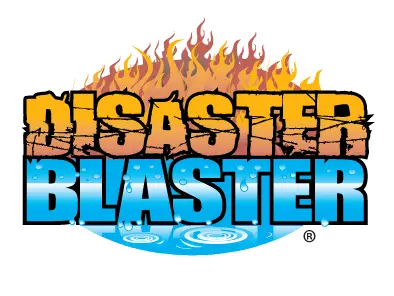Transcript
- With the absolutely devastating California wildfires that occurred recently, we've been getting a lot of questions about how insurance claims work when there is a total loss, and what you can expect from the process. We first want to say that our hearts go out to everyone impacted by the California wildfires and anyone that has experienced such a devastating claim. All insurance claims can be a stressful and emotional event in your life, but home fires and specifically fires as destructive as the ones we're seeing in California right now, can be extremely overwhelming. We hope everyone is able to recover from these damages as quickly as possible. Before we start talking about what to expect from the insurance claims process, you may be wondering what is considered a "total loss". Essentially, when the damage to your home is so significant that it reaches or exceeds your insurance coverage limit, your insurance company will consider it to be a total loss. This is most common in major home fires where the structure and contents have suffered significant fire and smoke damage, but can occur following other types of claims as well. It's important to keep in mind that this does not necessarily mean that your insurance company will just write a check for the policy limits, as they often will want to first support that the damages have reached this threshold. That means that they may still send an adjuster out to your property to inspect the damages, may request that you submit an itemization of damaged contents, or review pictures of your home before and after the claim occurred. This can be a frustrating process for homeowners to go through as it can be difficult to remember what you had following such an extensive insurance claim. Take a moment to look around your house. Does your home have decorative or historic features? Do you have artwork hanging on the wall? What about expensive electronics? All of these factors, and more, could impact the value of your home and possessions. As a result of the complexities involved, settlement of a total loss can take longer than most people may realize as you and the insurance company work to determine the value of items that neither of you can see. Once the insurance company has determined that the cost to repair or replace anything damaged by the claim exceeds your insurance coverage, they will begin the process of payment so that you can begin to rebuild your home and replace your content items. The process of rebuilding can then be further complicated by the involvement of your mortgage company, who will likely need to sign off on work as it is completed, or state and local municipalities that may require changes to meet current code or zoning requirements, permitting, or inspections before, during, and after construction. As a result, the process to rebuild your home and get your life back to normal can unfortunately take longer than expected. One thing that many homeowners don't realize is that there is a little known coverage on most insurance policies that can help during this time as you work to rebuild your home - Additional Living Expense Coverage or ALE. Your insurance adjuster may not think to offer this, but we highly recommend asking about it as it will reimburse you for additional living expenses incurred as a result of the claim such as hotel or meal expenses. This coverage generally has a set limit, so it's important to keep that in mind, but your additional living expense coverage could be a huge help as you try to begin the process of getting your life back to normal. Now that you know how total loss insurance claims work, you may be wondering what you can do to make the process go smoother, and the answer is - documentation. One of the most difficult parts of a total loss claim is supporting what you had, so we recommend taking some time each year to go through your home and take pictures and video of everything. Be sure to include every room and document important design or historical features, custom cabinetry or woodwork, and all of your contents as well, and be sure not to forget to document high value items like jewelry, electronics, and artwork. These videos and pictures should be stored in the cloud so you don't have to worry about losing them should something happen in the future. Believe it or not, the average American homeowner has 300,000 content items in their home. That's a lot to try to remember after a disaster, so it's always a good idea to document everything ahead of time so that you have something to refer to in the event that you ever need it. Do you have questions about total loss insurance claims or the claims process? Please leave it in the comments. We read all of our comments and are always happy to help. Would you like to take control of your future and build a business you can be proud of? We can help. As a Disaster Blaster Franchise Partner, our industry experts will help you unlock the potential of the $210 billion restoration industry. Disaster Blaster offers the most revenue streams in the restoration industry, training and support from industry experts, a unique model primed for your success, and more! Call our franchise team today to learn more at 242-1042 or visit us on the web at www.DisasterBlasterFranchise.com. Thanks so much for watching. Don't forget to like and subscribe, and while you're here, check out our other great content.



